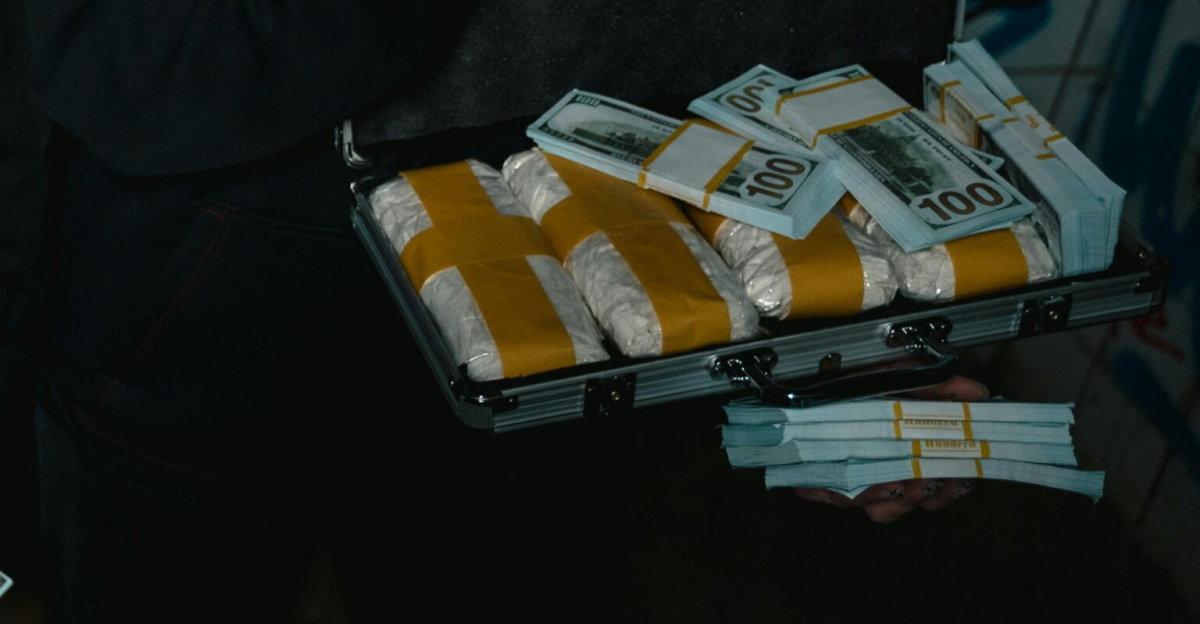
Panama’s Pacific waters became the stage for one of the largest drug busts in recent history on November 11, 2025, when authorities seized 13.2 tons of cocaine from a ferry. The massive shipment, weighing nearly 29,000 pounds and consisting of nearly 12,000 packages, was destined for the United States and marked a significant disruption in the transnational drug trade. Ten individuals from Venezuela, Ecuador, and Nicaragua were arrested in connection with the operation, underscoring the international reach of trafficking networks.
The US Connection

The United States remains the world’s largest consumer of cocaine, and the demand continues to drive the expansion of trafficking routes through Central America. US authorities have seen record-breaking seizures in recent months, with the US Coast Guard confiscating over 510,000 pounds of cocaine in fiscal year 2025 alone. Despite these efforts, the availability of drugs on US streets has not declined, highlighting the persistent challenge of supply and demand.
Panama’s Strategic Role
Panama’s geographic position makes it a critical transit point for drugs moving from South America, especially Colombia, to North America. The country’s busy maritime routes and extensive coastlines attract traffickers seeking to exploit international shipping lanes. Over the years, Panama has become a hotspot for drug interceptions, but the sheer volume of trafficking and the constant evolution of smuggling methods continue to test the limits of law enforcement.
Regional and International Efforts

Latin American nations, including Panama, have intensified their anti-narcotics campaigns, often with support from the US military. Increased cooperation, intelligence sharing, and joint operations have become essential as traffickers adapt their tactics. However, the scale of the drug trade continues to grow, and law enforcement agencies face ongoing challenges in disrupting these networks.
The Persistence of Traffickers

Despite record-breaking seizures, traffickers remain resilient. After each major bust, criminal organizations quickly adapt, finding new routes and methods to evade capture. The high profitability of the US cocaine market keeps traffickers highly motivated, and the underlying problem of demand persists. Experts argue that while large seizures disrupt supply chains, they rarely dismantle the criminal organizations responsible.
The Future of Drug Enforcement

Looking ahead, officials are considering expanded regional cooperation and new tools to address the complex problem of drug trafficking. More holistic approaches may be needed, including addressing the root causes of drug addiction, providing better support for affected communities, and tackling corruption within enforcement agencies. The ongoing cat-and-mouse game between traffickers and authorities underscores the difficulty of tackling the global drug trade in a comprehensive way.
The seizure off Panama’s coast is a vivid reminder of the ongoing battle against transnational drug trafficking. As cartels adapt to new methods and law enforcement agencies ramp up their efforts, the stakes continue to rise, posing new challenges for governments, traffickers, and communities alike. The future of the war on drugs remains uncertain, with both sides locked in a high-stakes game that will depend on the strategies employed and the international cooperation involved.



